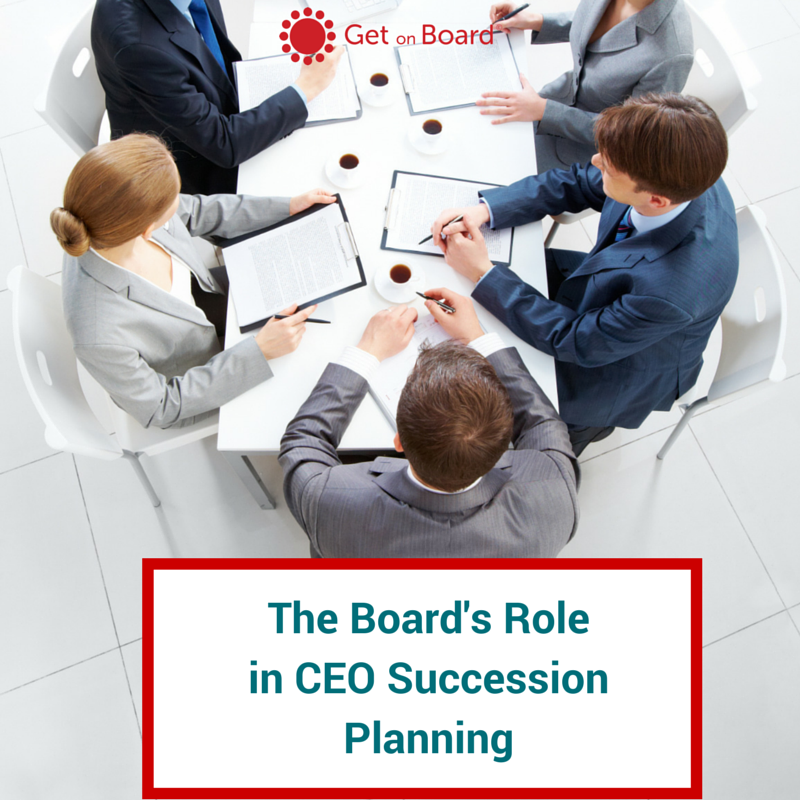The Board’s Role in CEO Succession Planning

If the proverbial hit the fan tomorrow, would your organisation be able to continue at all, let alone function successfully?
And what I mean by that is, if the CEO (or equivalent person) were suddenly taken away from the business – either through sickness, injury, or death – would business continue as usual?
Sadly we have seen many examples of organisations suddenly without their leader, where those who are left – namely, the board and senior managers – have had to simultaneously pick up the pieces, go through the grieving process, and maintain company performance. From the death of Sheryl Sandberg’s husband Dave Goldberg – CEO of Survey Monkey – in a freak accident, to the tragic murder of Adelaide Crows coach Phil Walsh. It’s an unfortunate reality that, as the leaders of the business, we have to give serious consideration to.
The two most important processes to get embedded in any organisation is a succession plan for the CEO, and a crisis plan that can be deployed to manage the staff, market, and other stakeholders in an efficient and effective manner.
CEO Succession Planning
Succession planning for the CEO involves ensuring a candidate pipeline – either within the business or from an outside organisation – and ensuring that the CEO’s work can continue in their absence – e.g. that someone has access to information, key business contacts, approve payments, and many tasks in between.
The Ivey Business Journal has concluded, “…there are 10 key dimensions for effective CEO succession planning.” “Each of [which] must be maintained to ensure that the risks inherent in each leadership transition are minimized and the best outcomes [for the organisation] are achieved.”
These dimensions include (1) establishing Board ownership, involvement and oversight, (3) Preparing for Emergencies, and (5) Building a talent pipeline. Read The Ivey Business Journal’s ten key CEO succession-planning dimensions here.
Crisis Planning
A crisis plan to manage the sudden absence of the CEO involves many working parts; namely, allocating responsibility for media relations and PR to the appropriate person, coordinating staff access to counsellors, managing output expectations with customers and suppliers, and having access to a temporary workforce if staff require time off.
Bloomberg Business remind us that, “Unexpected CEO departures provide a window into the quality of governance”. Bloomberg Business suggest that a real emergency CEO succession plan should involve a number of key steps, including, identifying key criteria for interim company leadership; having the board and senior executives evaluate the potential candidates; and, consider what to do in the case of losing other top/key executives at the same time (such as the CFO – chief financial officer, and COO – chief operating officer).
Their final piece of advice: Don’t discuss the emergency CEO succession plan beyond the boardroom. “Even if all board members agree the CFO [or other staff member] is the logical choice to step in during a crisis, he or she should never be advised of that; doing so creates expectations about who may ultimately succeed the CEO at retirement.”
As they say, forewarned is forearmed. So if the proverbial does indeed hit the fan tomorrow, your organisation will be able to continue functioning as normally as possible. Take the time to add succession planning to your board agenda and discuss it as a board. Use the steps laid out above and in the linked articles from The Ivey Business Journal and Bloomberg Business to further assist in board planning and preparation.
Subscribe to Receive Access to Articles, Resources, and Tools to Support Your Board Goals.
